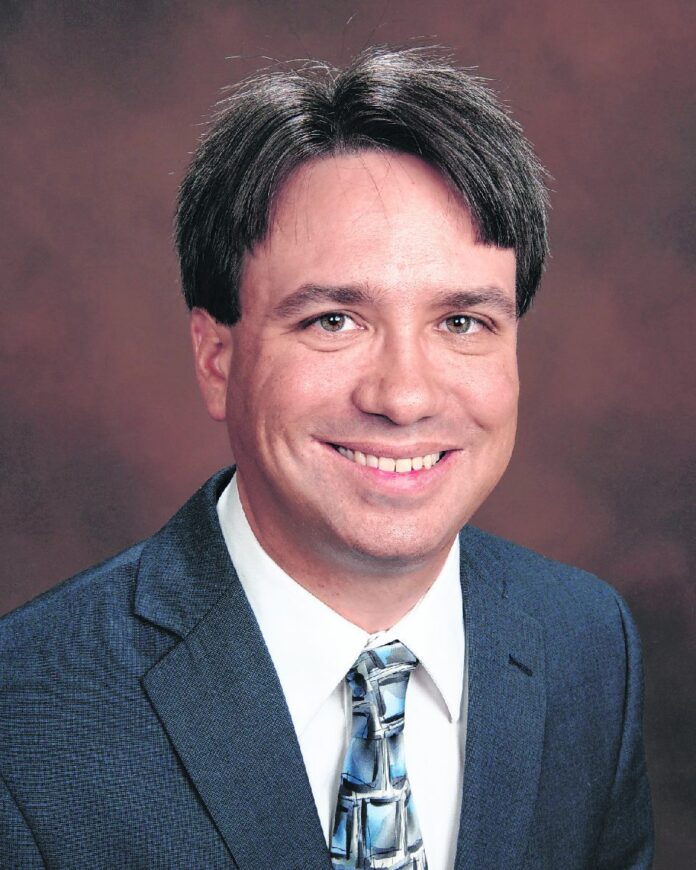Activist Malvina Reynolds decried the “little boxes made of ticky-tacky” turning out people who are “all the same” in the 1960s. Geddy Lee belted out “conform or be cast out” in 1982’s “Subdivisions.”
No matter the generation, it’s been fashionable in American culture to malign the suburbs and blame them for all kinds of social ills.
Where you see “little boxes,” “ticky-tacky” and “an insulated border of geometric order,” many of us see the American Dream. We see communities giving people a better standard of living than they ever thought possible and a place to call home.
It may be hard for urban planners, “smart growth” advocates and nostalgia buffs to see while they pine for the busy, bustling downtowns of the 1920s, but suburbs maintain a sense of community. It’s two families passing each other while walking their dogs, neighbors meeting in the driveway, the retirees who meet daily over coffee, children playing in a backyard, voices coming together in a Sunday church service and people congregating at a high school football game.
It’s a community built around the way we live now, not the way we lived a century ago.
A community isn’t its built environment. It’s the people who populate those homes, churches, schools and businesses. And those communities are constantly evolving. The suburb is the latest part of that evolution — not to be decried, but to be celebrated.
It’s key to understand communities evolve naturally through emergent order, adapting to their environments and the way we move.
In 1776, Adam Smith wrote of the “great towns” all sprung up around transportation corridors – which in those days were primarily rivers. As railroads began to take over rivers, communities developed near the depots, including nearly every community in central Indiana.
Transportation facilitates trade, which allows for the products of one community to be sold elsewhere, and goods from other places to be available here. As people converge, others show up to serve them. Adam Smith noted of how the “butcher, brewer and baker” took care of needs not out of benevolence, but the desire for profit, but providing a service all the same. Following them were the doctors, teachers, entertainers and many others who make communities engaging and vibrant.
This all happens not because of anyone’s design, but through the spontaneous order of the marketplace — people coming together from different areas and with different goals, but all existing in one place to trade and live.
Carl Menger witnessed this in 1888, “The first farmers who take possession of a territory, the first craftsman who settles in their midst, have as a rule their individual interest in view. Likewise, the first innkeeper, the first shopkeeper, the first teacher …
“With the increasing needs of the members of the society still other economic subjects find it advantageous to enter new professions in the gradually growing community or to practice the old ones in a more comprehensive way. Thus, there gradually comes into being an economic organization which is to a high degree of benefit to the interest of the members of the community.”
Our communities have evolved as the modes of transportation have. Greenfield’s main commercial axis has morphed from being near the train depot, to radiating along U.S. 40 to, since the 1970s, stretching vertically toward Interstate 70, which brings in both out-of-town travelers and gives local residents access to the Midwest.
The same goes with the areas to the west. Mt. Comfort Road has gone from a sleepy county road to an important regional transportation corridor, delivering workers from their jobs in Fishers, Noblesville, Indianapolis and other areas to their homes in McCordsville and New Palestine.
Our communities have evolved over those times — they’ve gone from being isolated, primarily farming areas to being parts of a web of interrelated communities that stretch beyond county borders. The housing they contain no longer needs to be scaled to tightly-packed downtowns made for foot traffic, but larger, spread-out subdivisions to accommodate the cars that bring us to jobs and entertainment.
One thing that is important to note is that these communities did not develop according to a planned design by any government entity or planning board — but did so in spite of the top-down attempts at “planning” community growth. They developed due to a number of individual people, all acting in their own self-interest, who saw value in the places where they lived.
Some may see the American Dream in the new “vinyl village” going up. Others may see opportunity to open a new restaurant or store to serve the residents of those neighborhoods. Others may see new life-long friends. The missions of those communities may change over time, but they evolve as the needs and desires of their citizens change. And that’s the beauty of community.
So when you want to decry the “little boxes,” just know the rest of us see home.
Andrew Smith is an economics teacher at New Palestine High School and an adjunct economics instructor for Vincennes University. He is a former Daily Reporter sports editor.





